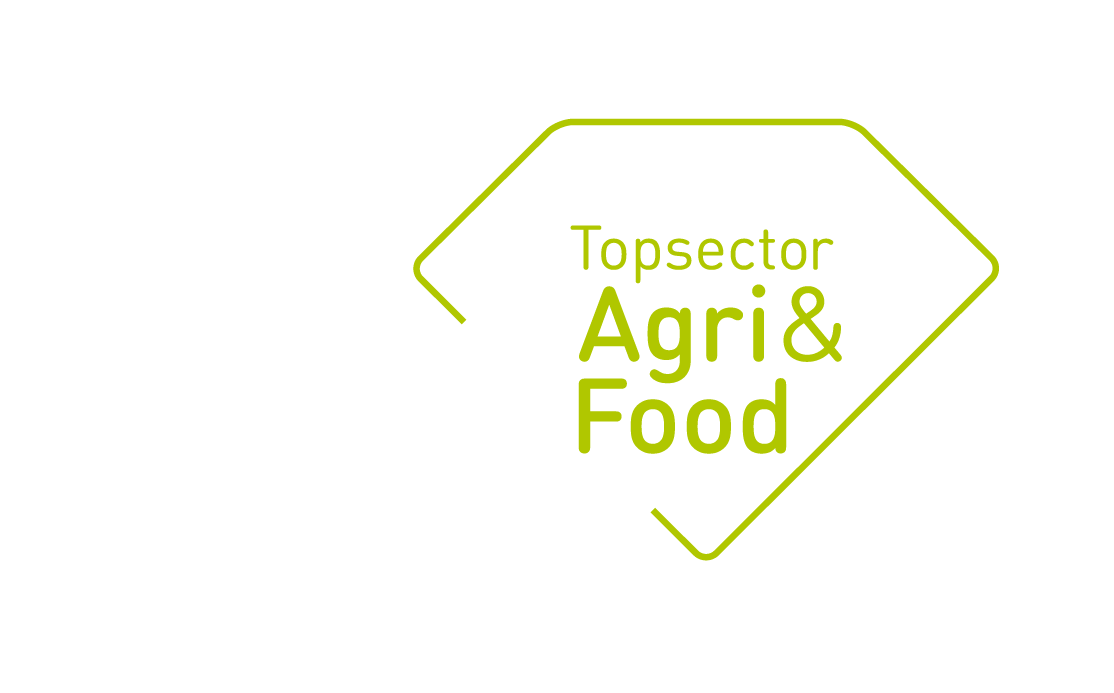Projecttitel: Early nutrition and feather pecking behaviour in mature laying hens
Projectnummer: AF-16173
Missie: Gewaardeerd, gezond en veilig voedsel
MMIP: Veilige en duurzame primaire productie (D3)
Looptijd: 2017 – 2020
Projectleider: Rene Kwakkel
Betrokken partijen: Agromix Broederij en Opfokintegratie, De Heus Animal Nutrition, Lohmann Tierzucht, Fonds voor Pluimveebelangen, Ter Heerdt, Wageningen University & Research, Zuivel Nederland
Feather pecking by laying hens is a major welfare issue and results in a significant economic loss for the farmer. Severe feather pecking in a flock can progress into cannibalism, resulting in high levels of mortality (up to 30%). The EU-wide ban on the use of traditional battery cages since January 2012 and the growing concern with the acceptability of beak trimming exacerbates this problem. Nutrition was believed to play a minor role in the ontogeny of feather pecking. However, previous findings in our lab indicate that a more fibrous, less energy dense diet in early life may reduce feather pecking up to 20% in later life. This finding offers a novel way to modulate feather damage during the laying period. We hypothesize that nutritional strategies during early ages reduces the sensitivity for initiating feather pecking behaviour at later ages. E.g., nutrients can act as precursors to powerful behaviour-related hormones (e.g. serotonin and dopamine), and satiety related gut hormones (e.g. GLP-1, PYY, ghrelin, CCK), that can influence eating time and pecking related behaviour. Previous studies suggest a relationship between early life nutrition and later life pecking behaviour. The present proposal, therefore, specifically aims to study the relationship between certain nutritional strategies during early life, the physiological mechanisms related to nutrient availability, energy metabolism and satiety, and the ontogeny of feather pecking behaviour at maturity, in both high and low feather pecking strains. Finally, the acquired knowledge from this study will be implemented in novel feeding strategies.
Links:
Deel dit bericht

